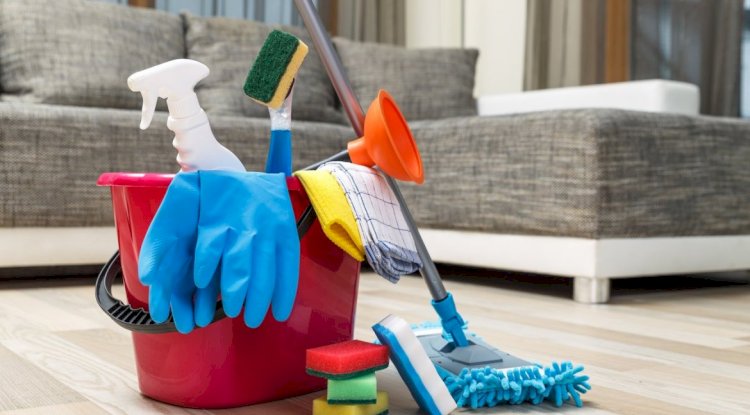Common Applications of a Noise Monitoring Device

The noise levels are quite high in various places and exposure to high noise levels is often for a long period. Thus, exposure assessments for the level of noise are usually conducted in occupational settings to monitor the levels of noise using a noise monitoring device. Some of the issues associated with exposure to loud noise include hearing loss. Hearing loss is also associated with age-related issues. Some of the common signs of noise-induced hearing loss include damage to hair cells, auditory nerves, and loss of hearing like selective low frequency and high-frequency hearing loss.
Significance of a Noise Monitoring System
High sound levels can be a problem for employees; it can affect the productivity of the employees and also cause other kinds of damage. Monitoring devices are easily available from places like Acu-Vib Electronics, etc. Thus, it is essential to measure the sound level at workplaces and to be able to take appropriate measures as and when needed. For example, the sound level in busy city traffic is bound to be higher. The main aim of installing sound measuring devices at a workplace is to ensure the good health of the employees and prevent hearing loss and control the level of noise. A noise monitoring device can also be useful for the purpose of finding the source of the sound and detecting the location of the exposed people.
Important Statistics and Facts
A noise monitoring station is useful to monitor work-related noise as well as environmental noise. Here are some statistics regarding sound conditions that affect Australians:
- 28% to 32% of the Australian workforce works in an environment that is exposed to loud noise.
- Noise related injuries are quite common in the manufacturing and construction industry. The other types of occupations that are exposed to sound pollution include trade workers, machinery operators, drivers, and labourers.
- 4700 claims are made every year for matters pertaining to noise-induced hearing loss.
- Automotive and engineering tradespeople make 16% of the claims for noise-induced hearing loss.
- In 2015, 1070 claims were made by males age between 60 and 64 for noise-induced hearing loss.
- Long term exposure to loud sound is the most popular cause of hearing loss.
- The working noise should be below 50 decibels for the purpose of high concentration and making conversation without much effort.
- For a workplace that requires attentiveness and where it is necessary to have a conversation on a routine basis, it is necessary that the noise level be less than 70 decibels.
- There were 65,300 claims accepted for deafness in Australia in 2001-02 to 2014-15. This amounts to an average of 4700 per year.
- 35% of the claims for hearing loss were made by employees from the manufacturing industry, while 18% were from the construction industry.
Common Applications
A sound monitoring device is useful for innumerable applications including keeping tabs on the noise at work often referred to as occupational noise. It is also useful for environmental, community noise, vehicle sound testing, and basic noise testing. In fact, a sound monitoring device has many different applications as listed here:
- The sound at a workplace is a known issue that often results in hearing damage to the employees. A purpose-built noise monitoring system is vital at workplaces to protect the employees and also find the source of sound pollution.
- Environmental issues like CO2 emission and carbon footprints get a lot of attention. Environmental & community noise is also an important issue. This issue is only getting worse with the expansion of towns and cities. One of the driving factors is a higher demand for housing. Thus, it is vital industries invest in a noise monitoring device to prevent environmental noise from impacting the operations of our day to day activities.
- A basic sound measurement device is useful to test sound levels. It is useful for the purpose of testing the effectiveness of a fire alarm as well as to check simple sound levels in an office.
Share
What's Your Reaction?
 Like
1
Like
1
 Dislike
0
Dislike
0
 Love
0
Love
0
 Funny
0
Funny
0
 Angry
0
Angry
0
 Sad
0
Sad
0
 Wow
0
Wow
0















